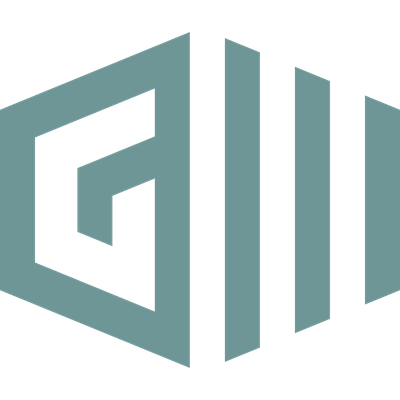What is your favorite color? I guess the answer isn’t black. If it is black, then fine because I love black too. Let’s ask this question a bit differently.
Would you tell me what your favorite color is? See the difference. It asks the same thing but in a polite way. Embedded questions are like this. In the first one, which is a regular question the verb sits before the subject but in the embedded one, the verb sits after the subject.
Now I want to make a statement about the same question. Here it is: I am sure what your favorite color is. Actually, I am not. But by putting a statement like “I am not sure” before the embedded question, we can make it a statement too.
So what is an embedded question?
When a regular question is added to another question, it is called an embedded question. Let’s discuss how to form embedded questions. Here are three more regular questions. Also, notice I’ve named them as Yes/no question, Subject question and Object question.
Yes/no-Q: Is this a blue whale?
Subject-Q: What is your favorite restaurant?
Object-Q: What do you like to have for dinner?
These are three regular forms of questions in English. The yes/no types require a ‘yes’ or ‘no’ in the answer, hence they are called yes/no questions.
Now we are going to turn each of them into an embedded question and keep an eye on the structures of them. We could also, add a statement to the Yes/no question. For example,
Yes/no-Q: Does he go to college regularly?
Embedded-Q: Do you know if he goes to college regularly?
Embedded: I am not sure if he goes to college regularly.
Notice the word “if” is added before the original question and the verb “do” is placed after the subject. So the structure of these types of questions is:
Yes/no-Q: Aux + sub + main verb
Embedded-Q: question + if + sub+ main verb
Embedded: Statement + if + sub+ main verb
Next one is the subject-Q. What’s a subject-Q? When the answer to a question is the subject of the answer, then it is a Subject-Q. To illustrate,
Subject-Q: What is your favorite restaurant?
Embedded-Q: Does he know what your favorite restaurant is?
Embedded: I know what your favorite restaurant is.
Notice the verb “is” goes at the end of the sentence and this is the most important part to remember. Here “is” is the main verb not auxiliary. The formation of Subject questions is:
Subject Q: W/h + verb + subject
Embedded-Q: Question + w/h + subject + verb
Embedded: statement + w/h + subject + verb
There is an exception to this format. When we use the word “who” to form a Subject-Q, we have to remember the following format:
Subject-Q: Who parked the car here?
Embedded: I don’t know who parked the car here.
Notice in this one, the verb don’t sit at the end instead it remained at the same place. The last type is Object-Q. The Object-Q asks information about the subject. Here is an example:
Object-Q: what do you love to eat?
Embedded-Q: would you tell me what you love to eat?
Notice the auxiliary verb “do” is omitted in the embedded question. The Structure of the Object questions is:
Object-Q: w/h + auxiliary verb (do/did) + sub + verb
Embedded-Q: question + w/h + sub + verb
When to use embedded questions?
In some situations, the use of embedded questions is more preferable than regular questions. They are:
1. When we want to ask something in a polite way
Instead of saying “where is the bank?” we could say,
“Could you tell me where the bank is?” which is more polite.
2. When we want to give information which is unknown to the speaker
Like this one:
Regular-Q: What is your plan?
Embedded: I have no idea what your plan is.
3. When we need to speak in indirect speech
Direct speech: What do you do in the holidays?
Indirect speech: She asked me what I did in the holidays.
Keep in mind, we don’t need to memorize all the structures of the embedded questions. It should be practiced more and after some time it would come naturally without thinking about the formations.




Have a discussion about this article with the community:
Report Comment
We're doing our best to make sure our content is useful, accurate and safe.
If by any chance you spot an inappropriate comment while navigating through our website please use this form to let us know, and we'll take care of it shortly.
Attachment
You need to be logged in to favorite.
Log In